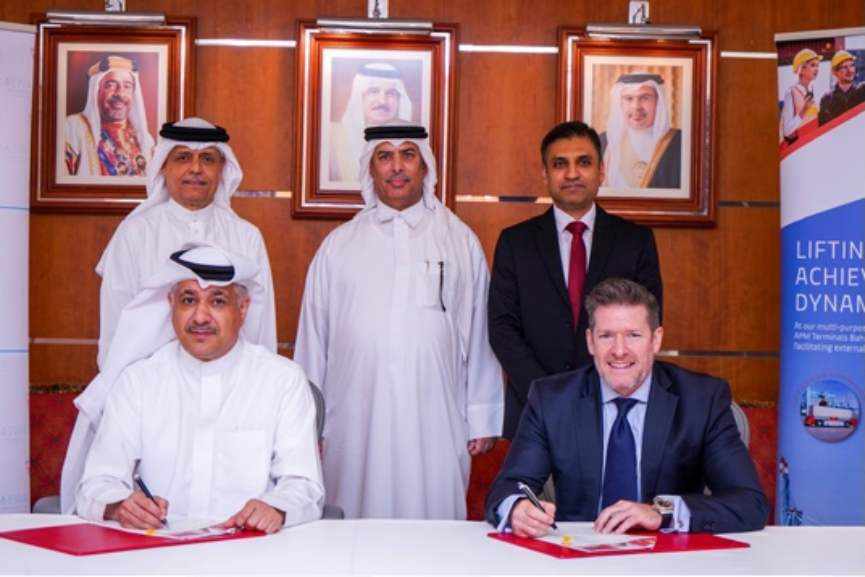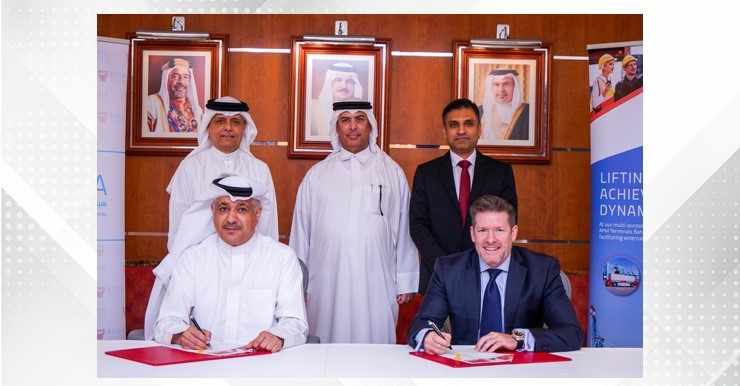Bahrain bank’s external funding to remain stable: S&P Global Ratings
- Date: 19-Jun-2023
- Source: Zawya
- Sector:Financial Services
- Country:Bahrain
Bahrain bank’s external funding to remain stable: S&P Global Ratings
Funding risk is a prominent topic among investors in GCC banks, particularly during the transition from cheap and abundant liquidity to a more restrictive environment. Major central banks have also made it clear that interest rates will be higher for longer, meaning liquidity will be scarcer and more expensive. This could affect banking systems in emerging markets with significant or growing external debt position such as Bahrain. Bahrain's retail banks (onshore banks) have large and expanding net external liabilities. On 31 March, 2023, they reached 26% of total domestic lending (see Chart 1). However, S&P Global Ratings notes that 60% of the foreign liabilities are interbank, and 60% are sourced from the GCC (see Chart 2). Given the ownership structures of some Bahraini retail banks, the Credit Ratings agency assume that a portion of this external funding is from foreign parents. S&P Global Ratings also assumes that external funding will remain stable under its base-case scenario. Chart 1: Chart 2: Dr. Mohamed Damak, Senior Director and Head of Islamic Finance, S&P Global Ratings commented: “Bahraini retail banks' loan to deposit ratios have been consistently below 80% for the past five years. Therefore, in our view, a portion of local deposits






















